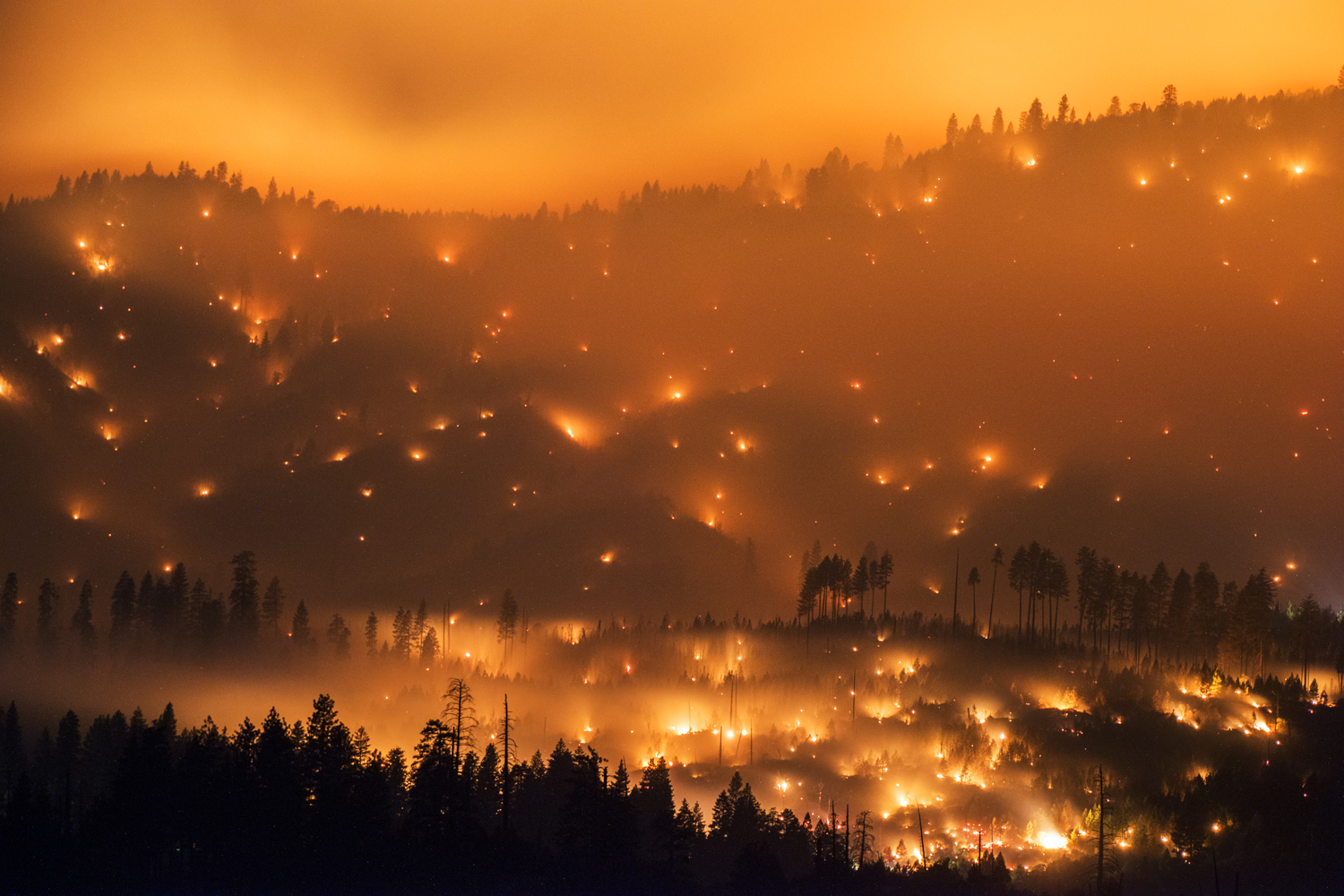
Over the last two fire seasons, I’ve photographed wildfires in Southern California at night. On location, there is absolute calm and stillness in the burn area of a wildfire. In May I stood atop a mountain overlooking San Marcos and Escondido in San Diego County, alone and under the moonlight, with the distant roar of flame and fire engine siren lights in the valley below. Smoke hung low over the valley, enveloping the cities in an ashy cocoon as the Cocos Fire smoldered. I setup my tripod and made images as the fire danced vertically into the air, inexorably marching forward, towards more homes.
This is, for me, a typical evening photographing fire.
Deciding which fires to roll out on, accessing them, scouting the right spot, and hiking around steep hills and mountains at night in smouldering and unfamiliar terrain can be a challenge. Often there is falling rock and debris to watch out for, in addition to “snags” — wildland fire parlance for trees or limbs that are still burning at the stump or damaged and about to fall.
When I photographed the Brand Fire on June 22, multiple firefighters were injured from falling rock. I constantly remind myself to keep up my situational awareness as I focus on making pictures. I’ve trained physically as well to stay sharp after long hikes and hot days.
From a safety standpoint, the Introduction to Wildland Fire Behavior class I audited with the U.S. Forestry Service has proven invaluable. Of the 10 Standard Firefighting Orders I learned, #2 and #3 say “know what your fire is doing at all times” and “base all actions on current and expected behavior of the fire.” Because of the severe drought gripping California, erratic fire behavior is normal on many fires I have covered. Santa Ana Winds or dry thunderstorms exacerbate the danger and fuels in July are already burning like it’s late August.
Stuart Palley is a Los Angeles based photographer documenting wildfires, backroads and night skies.

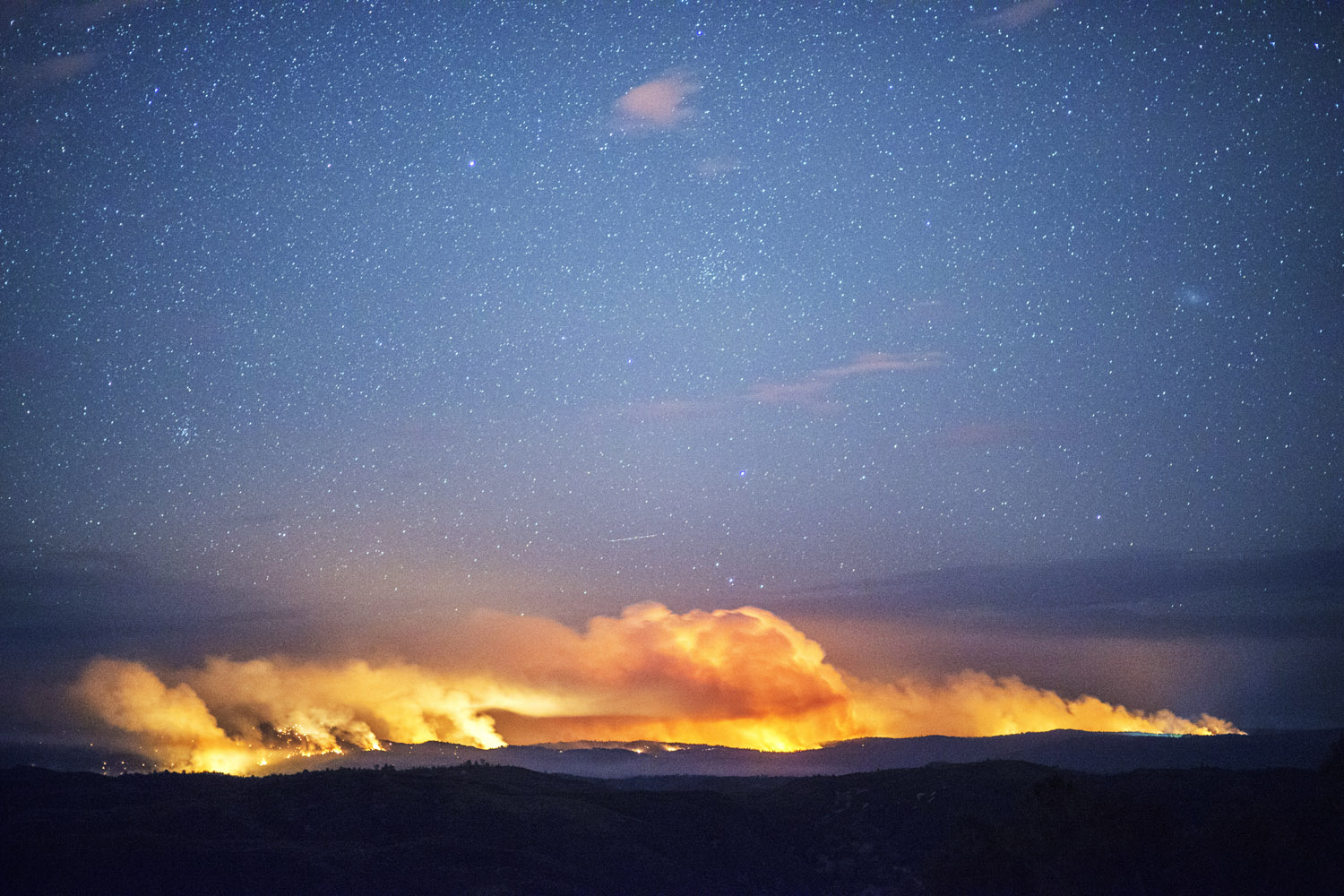
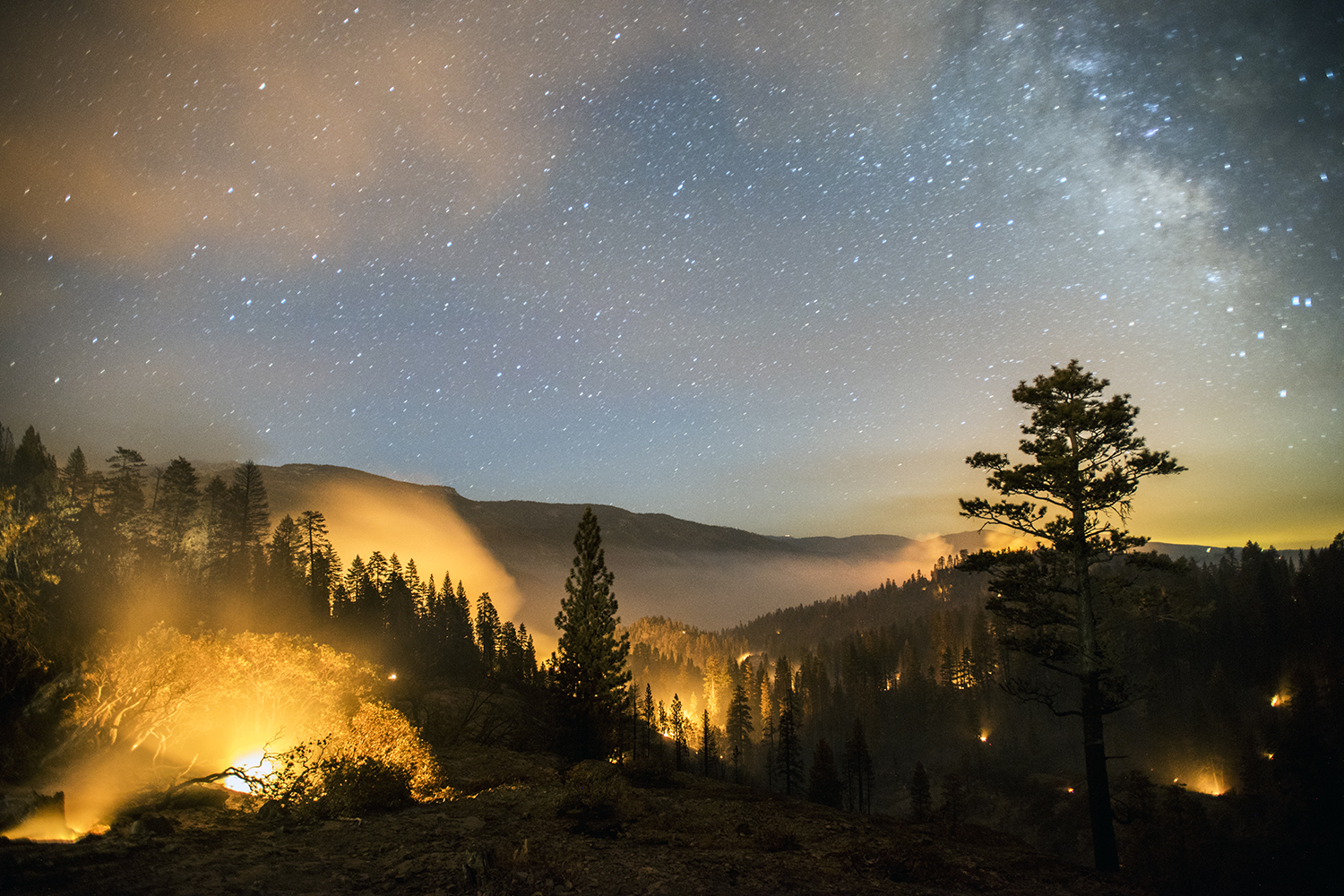
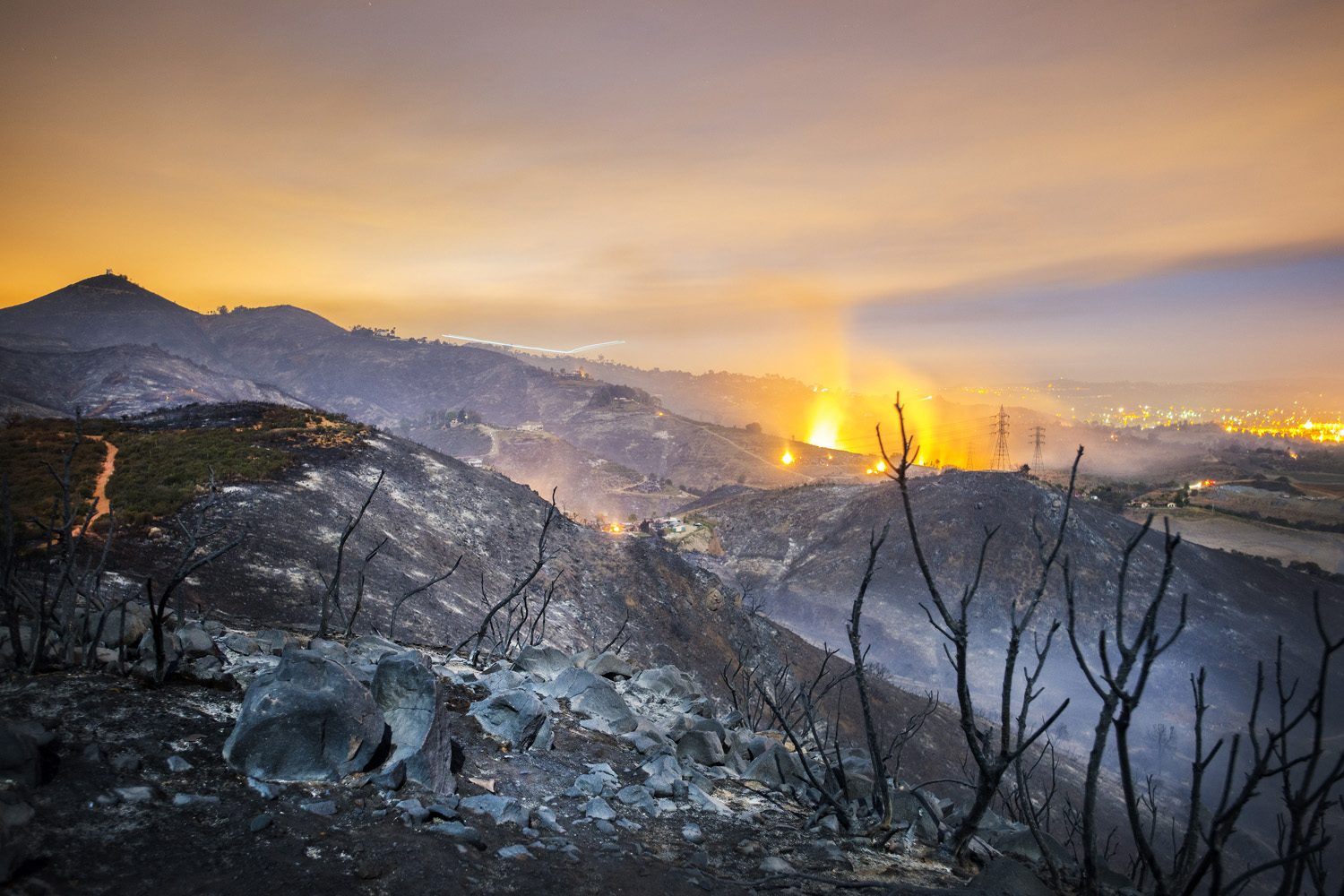
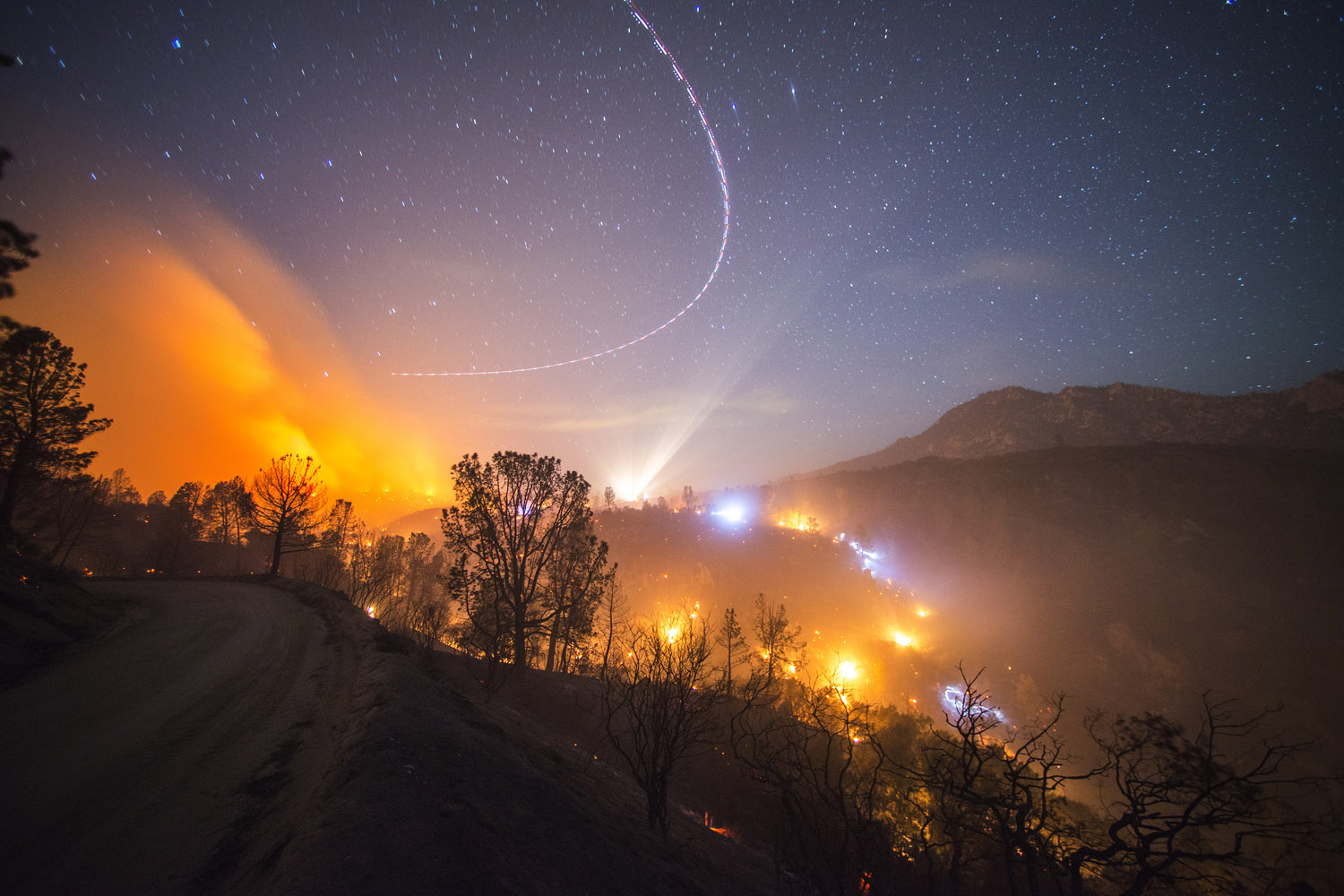
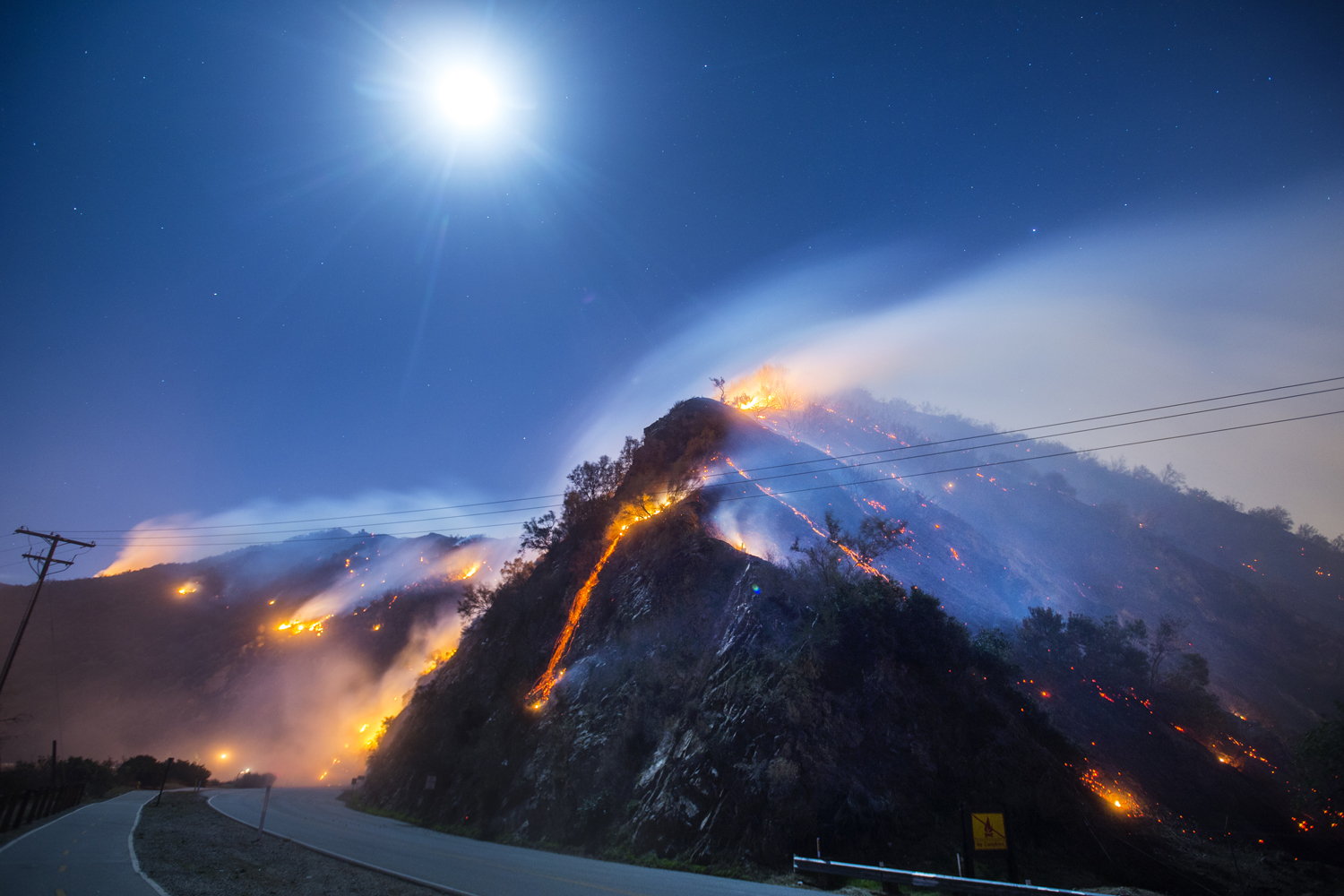
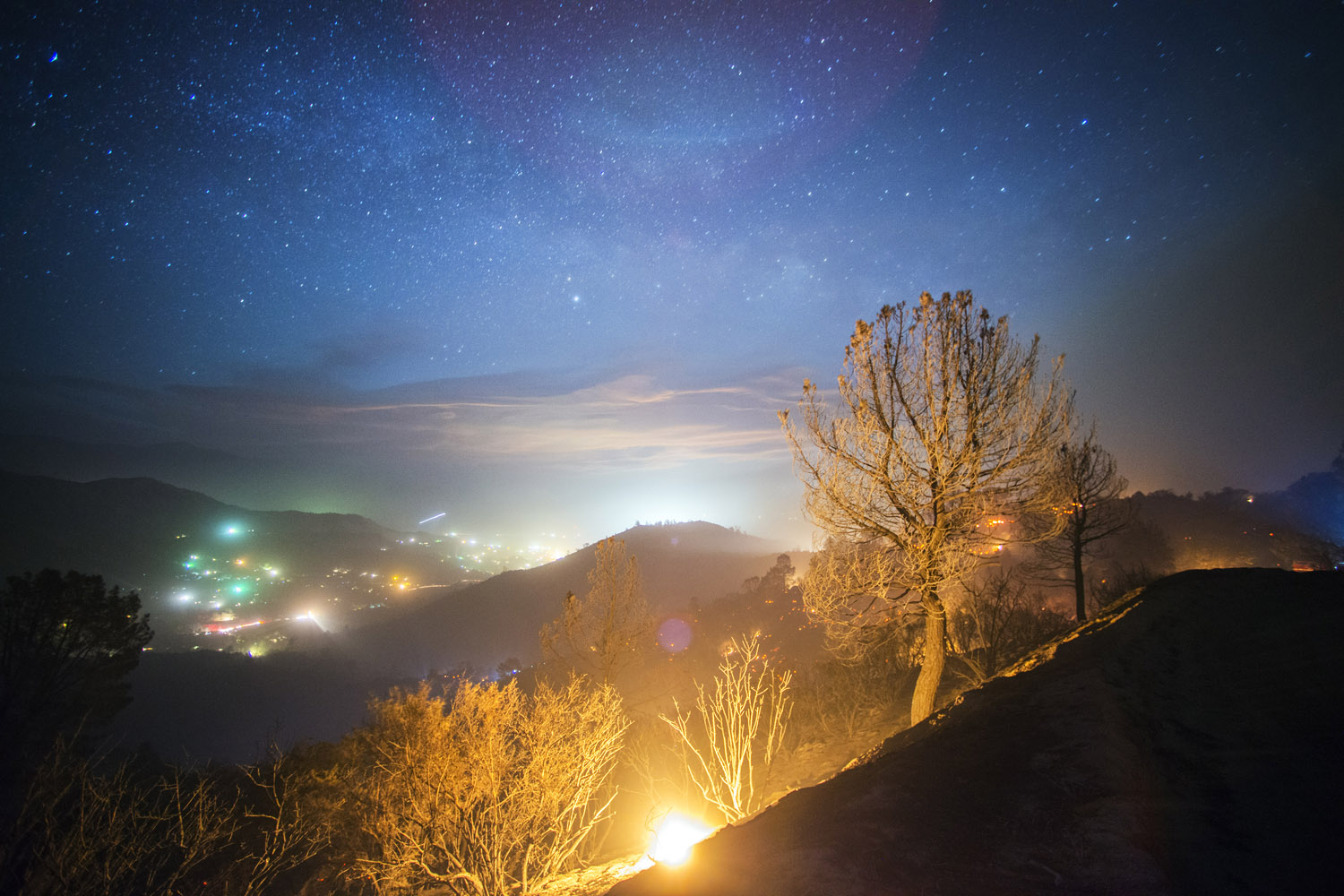
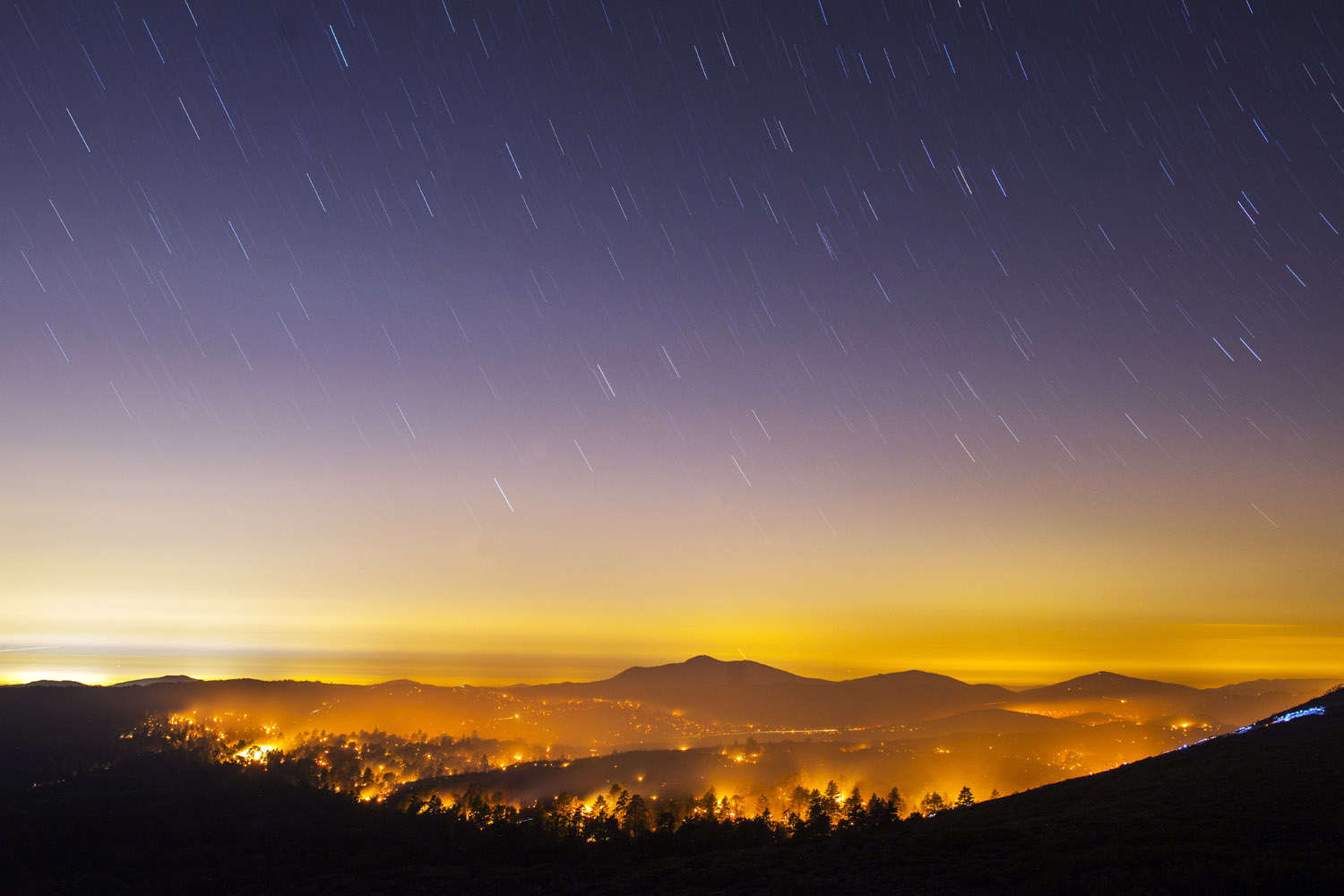
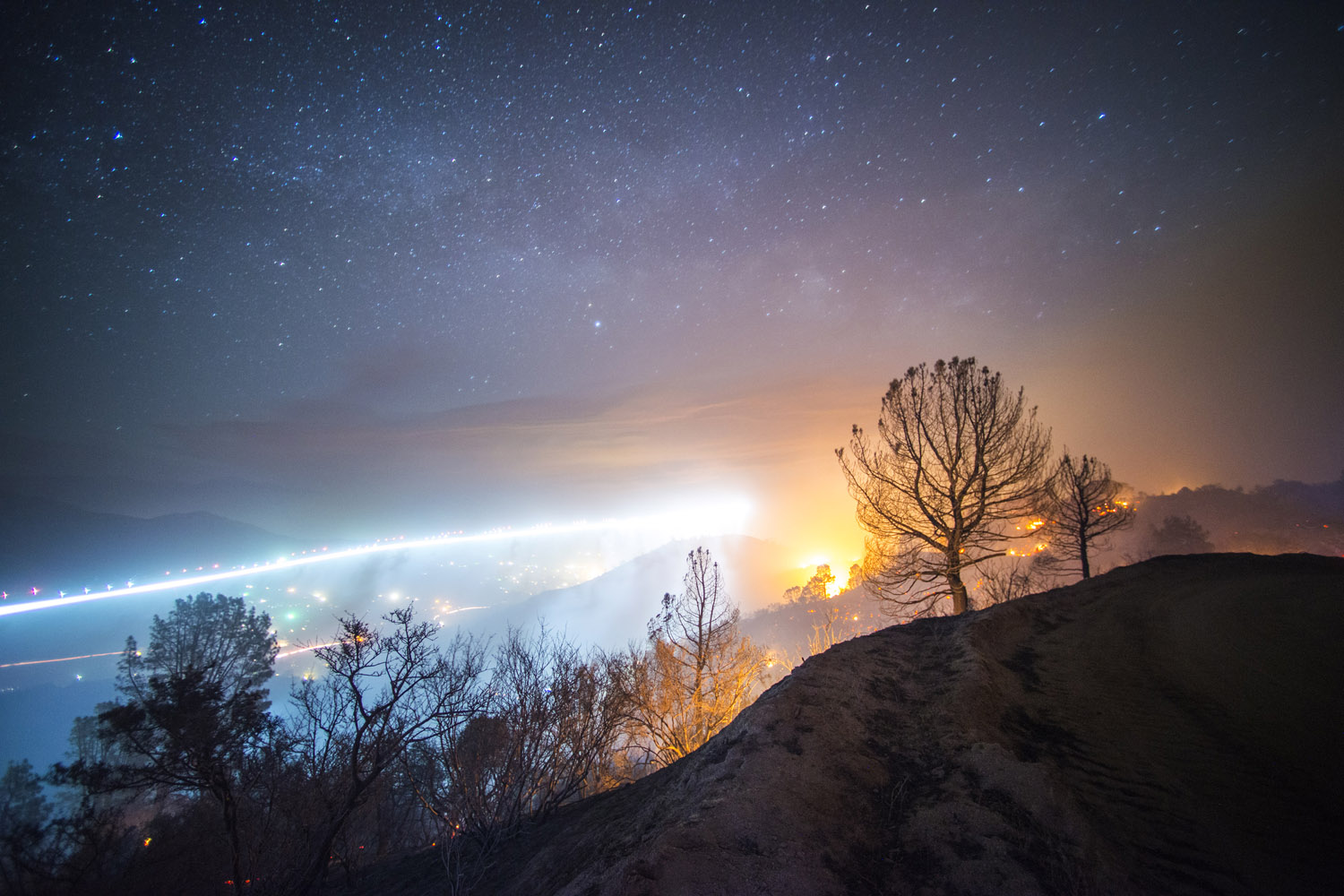
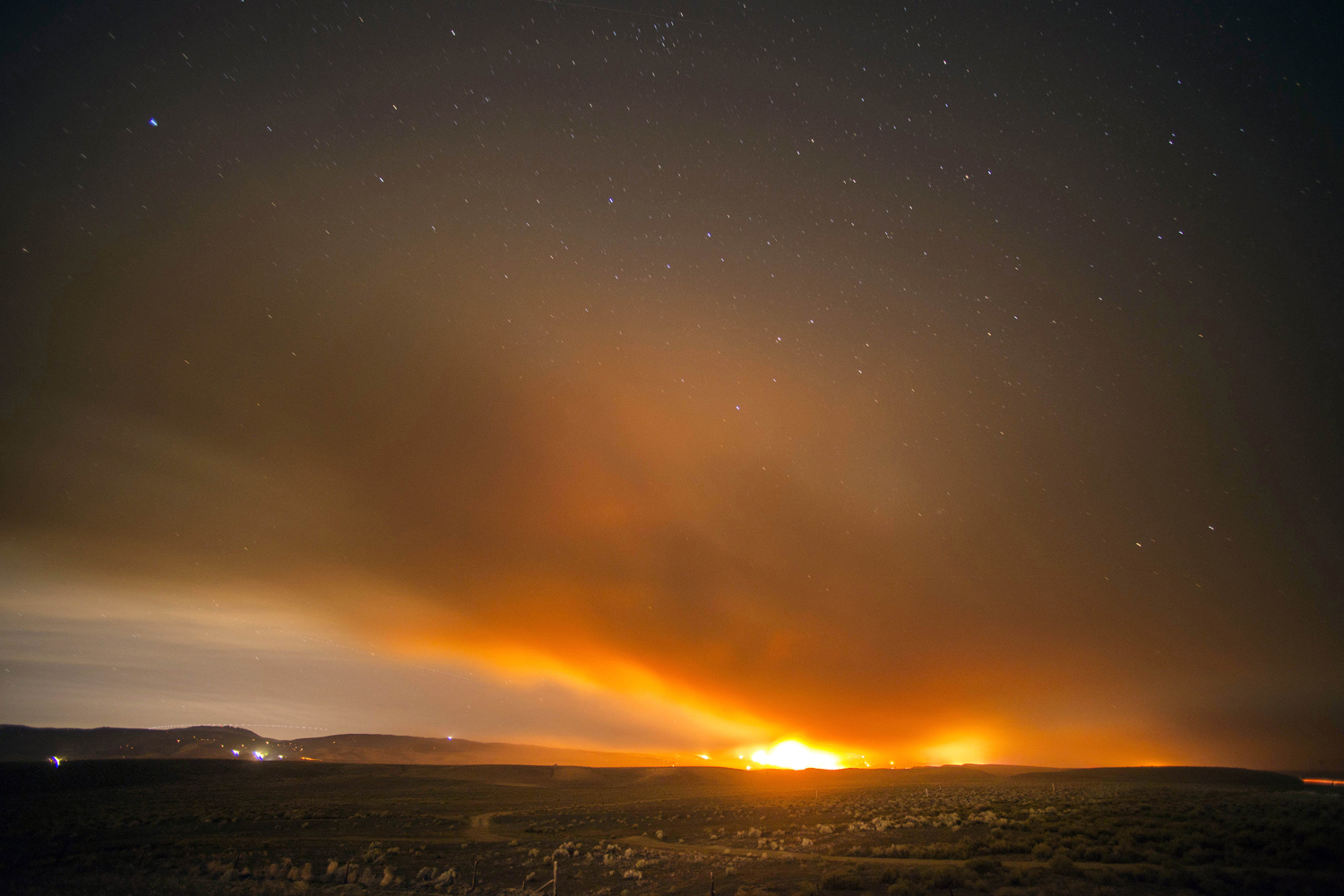
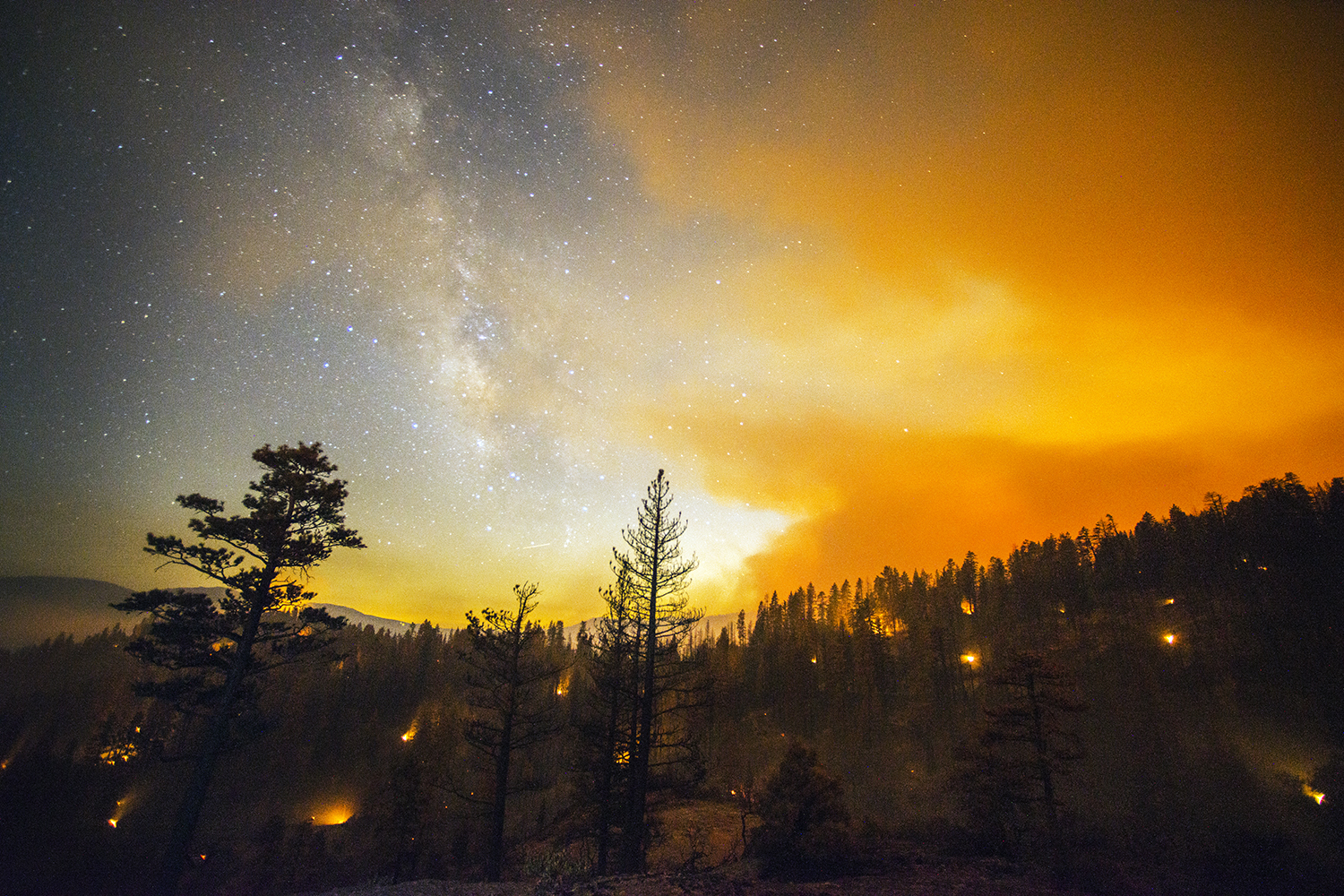
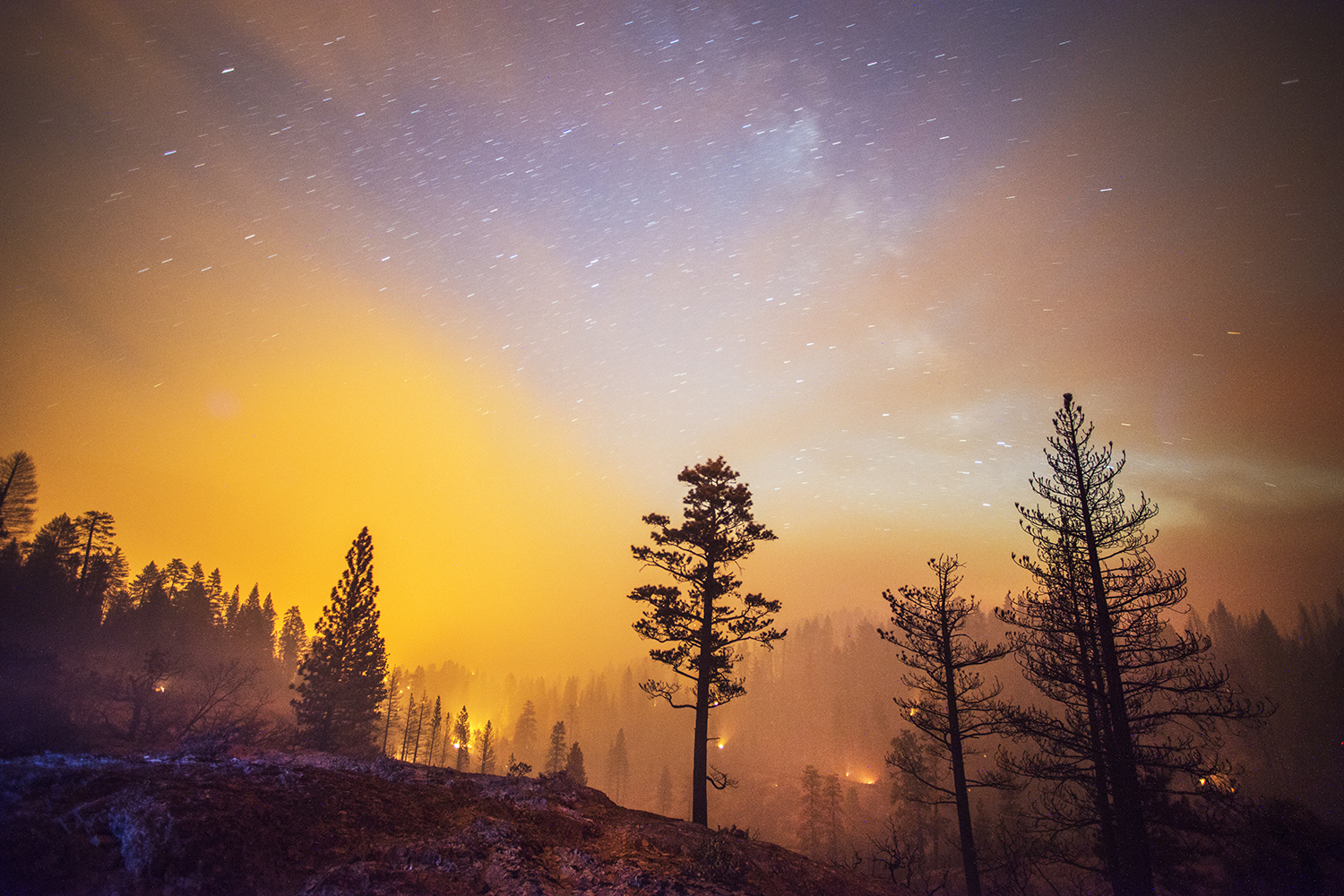
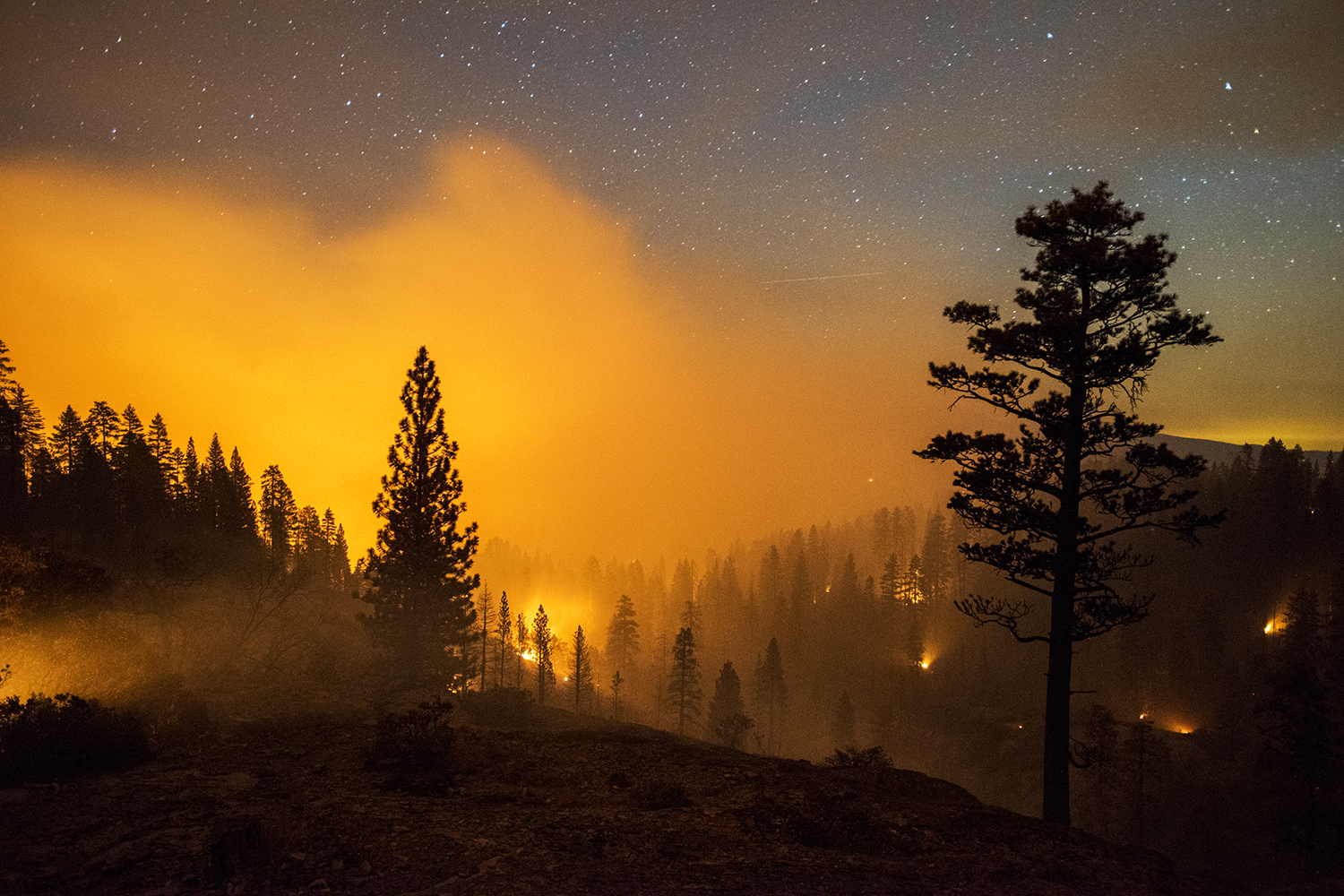
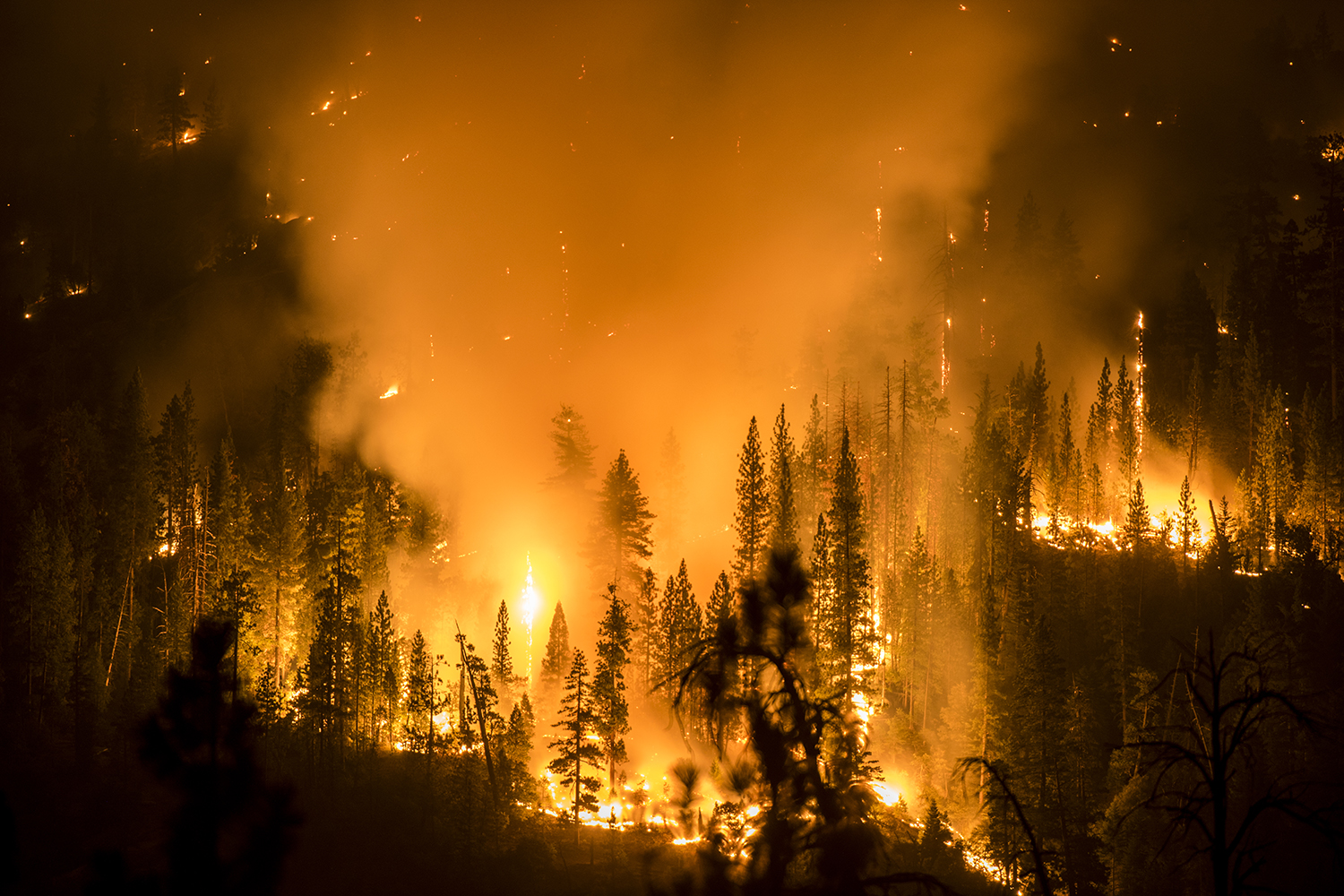
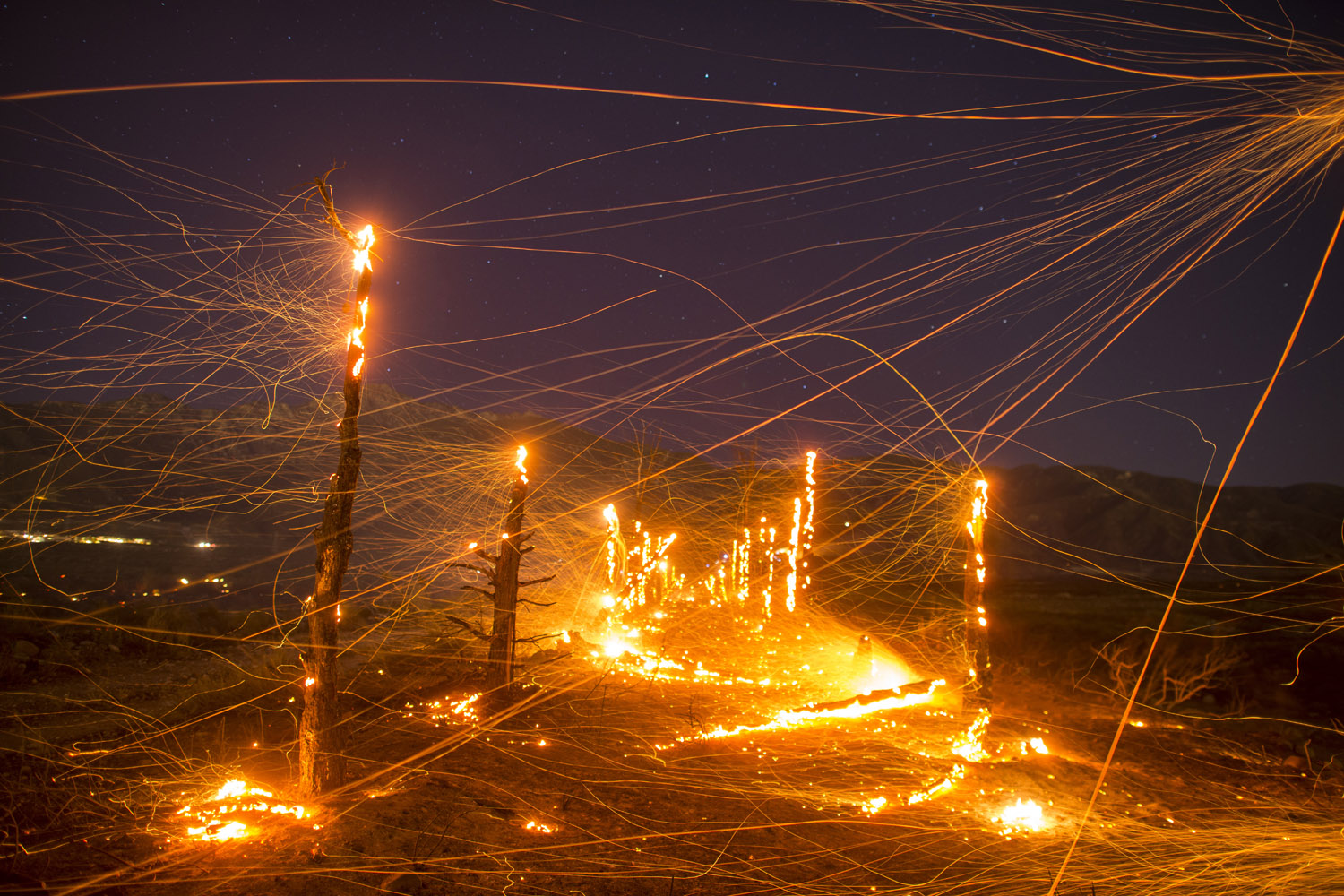
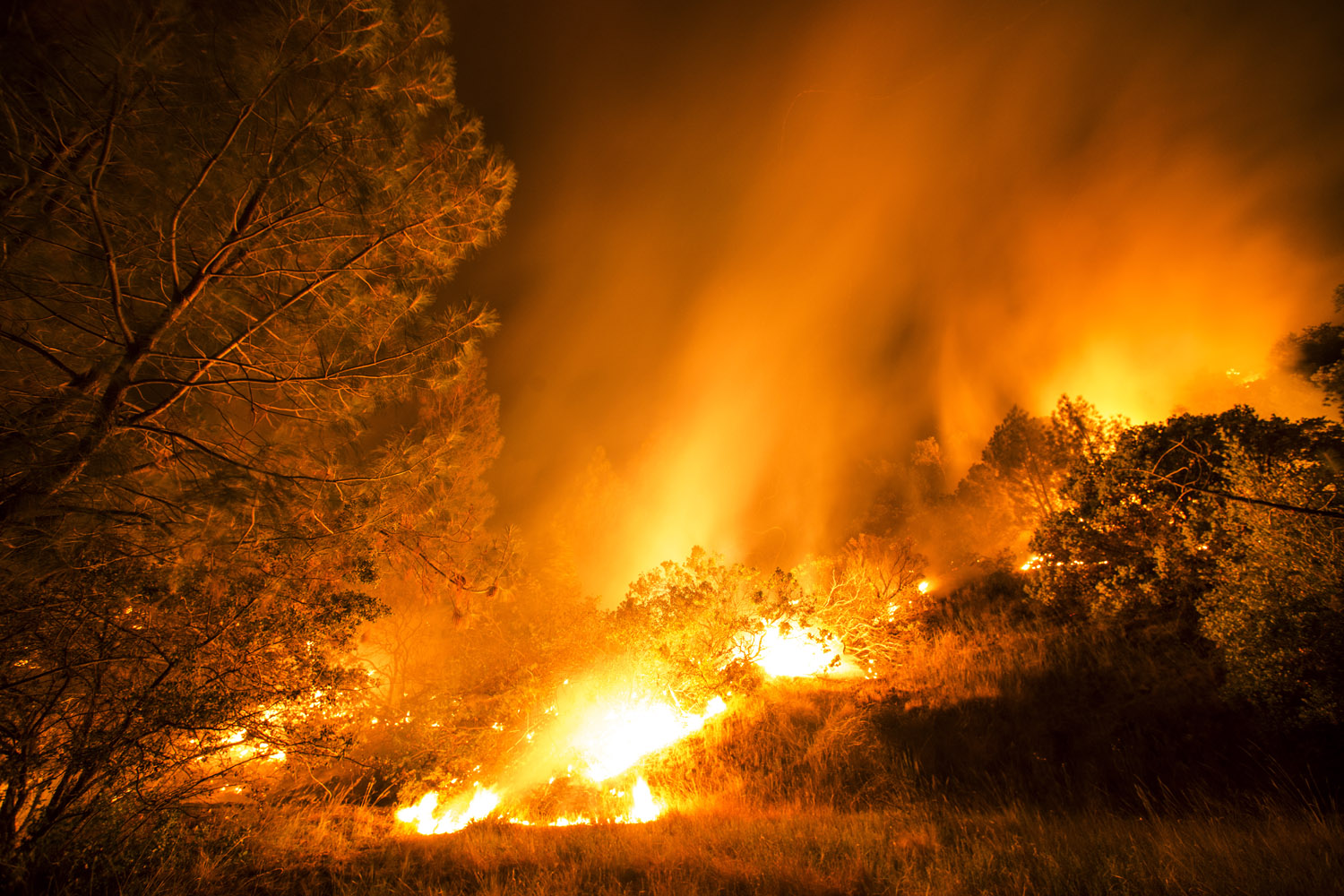
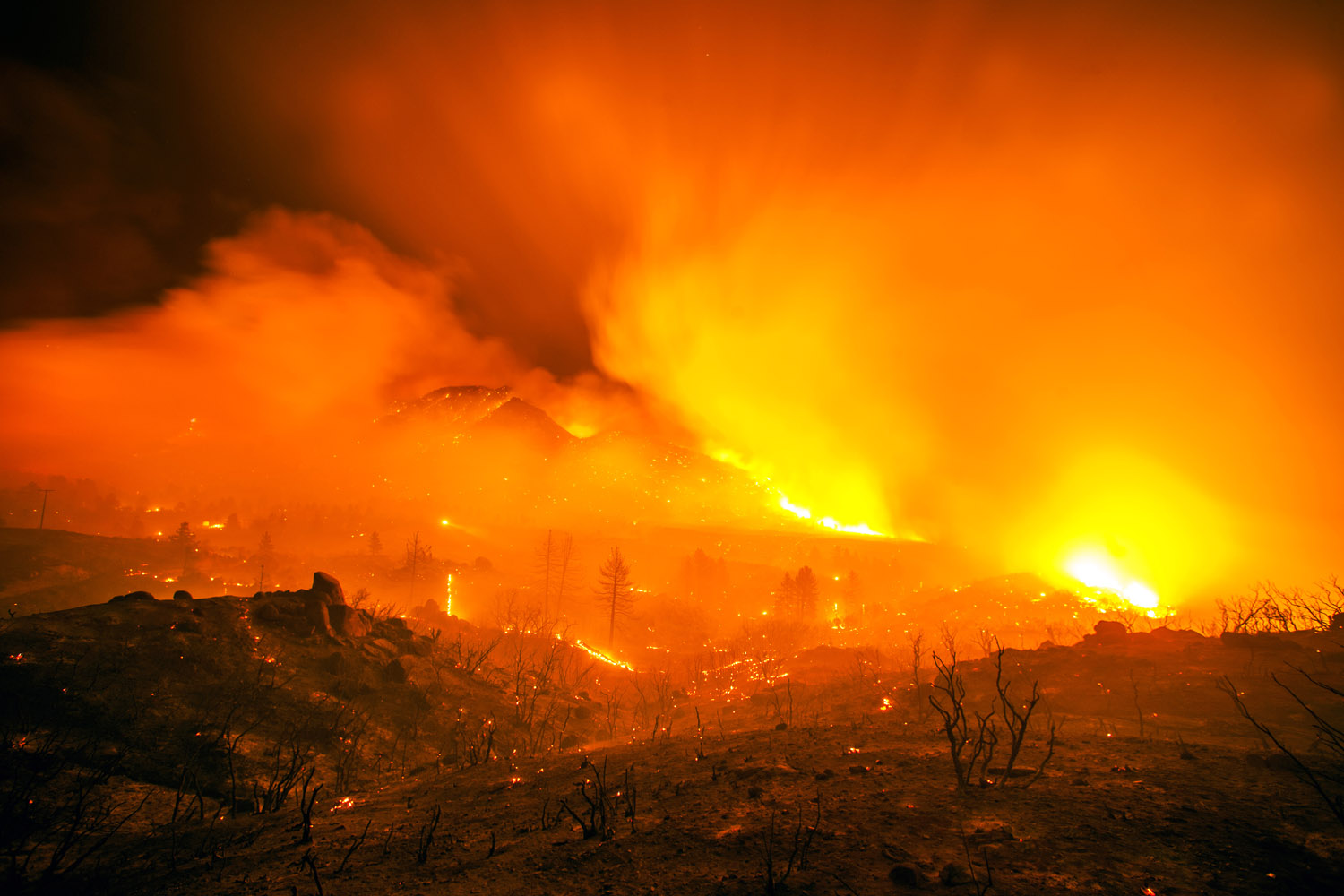
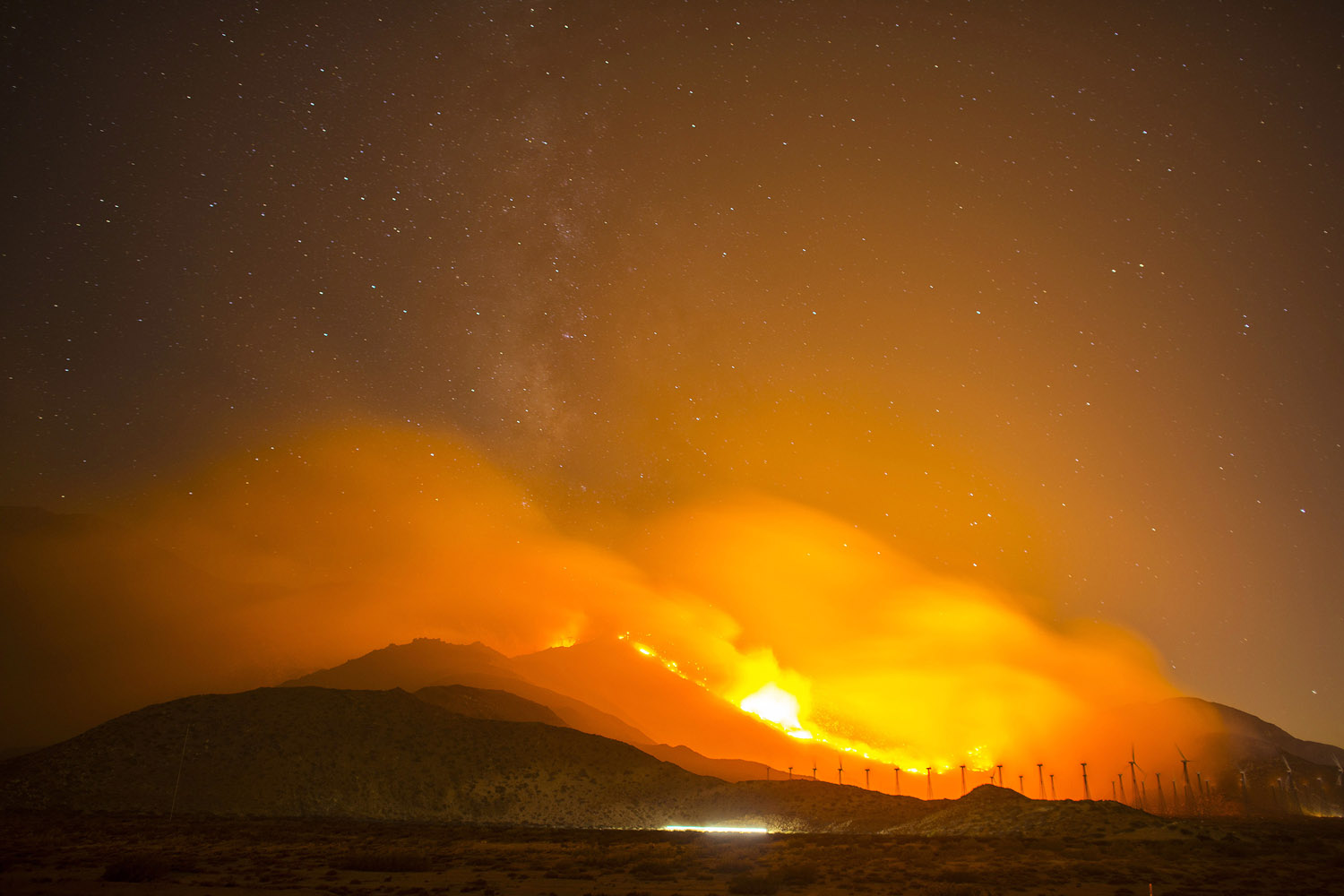
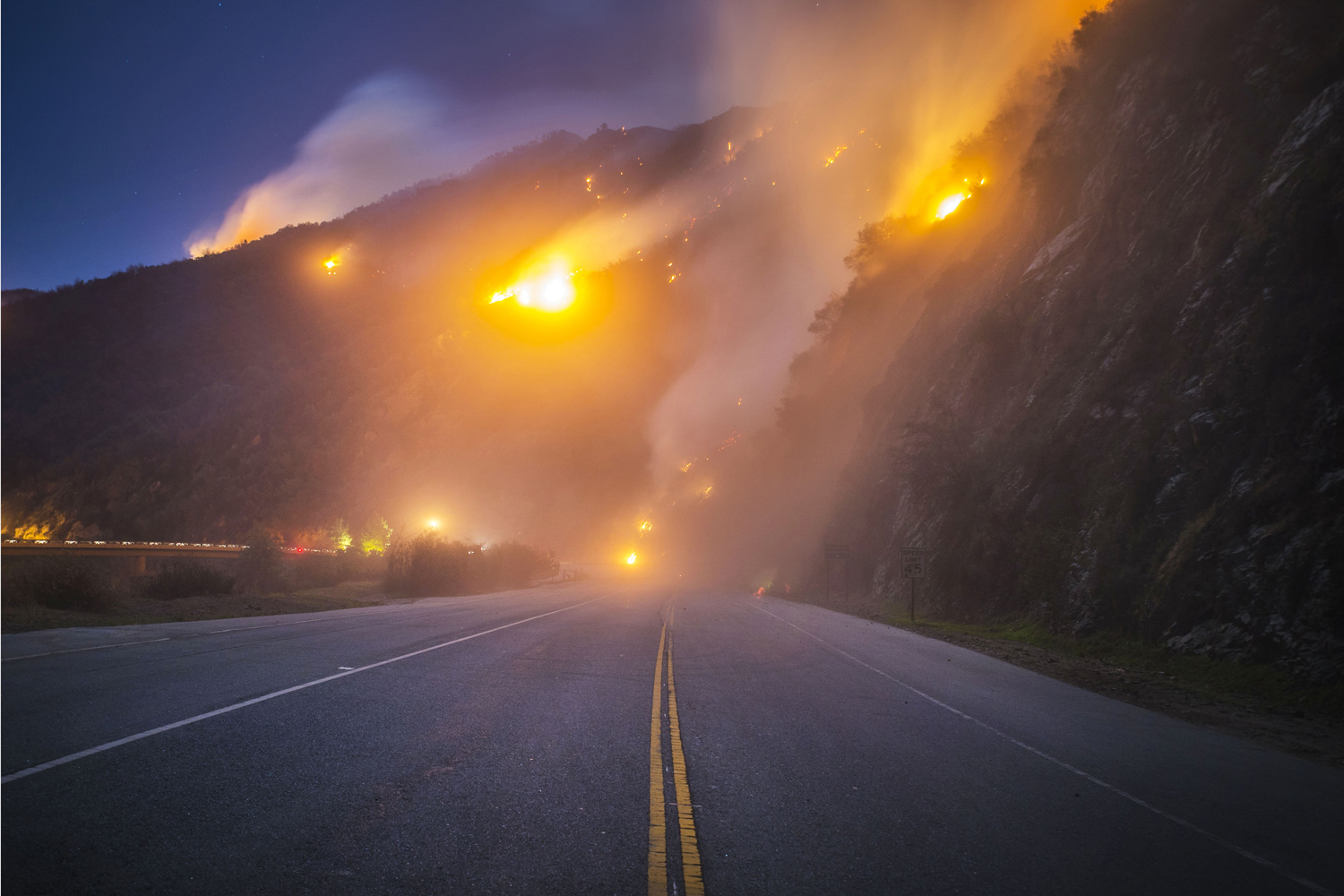
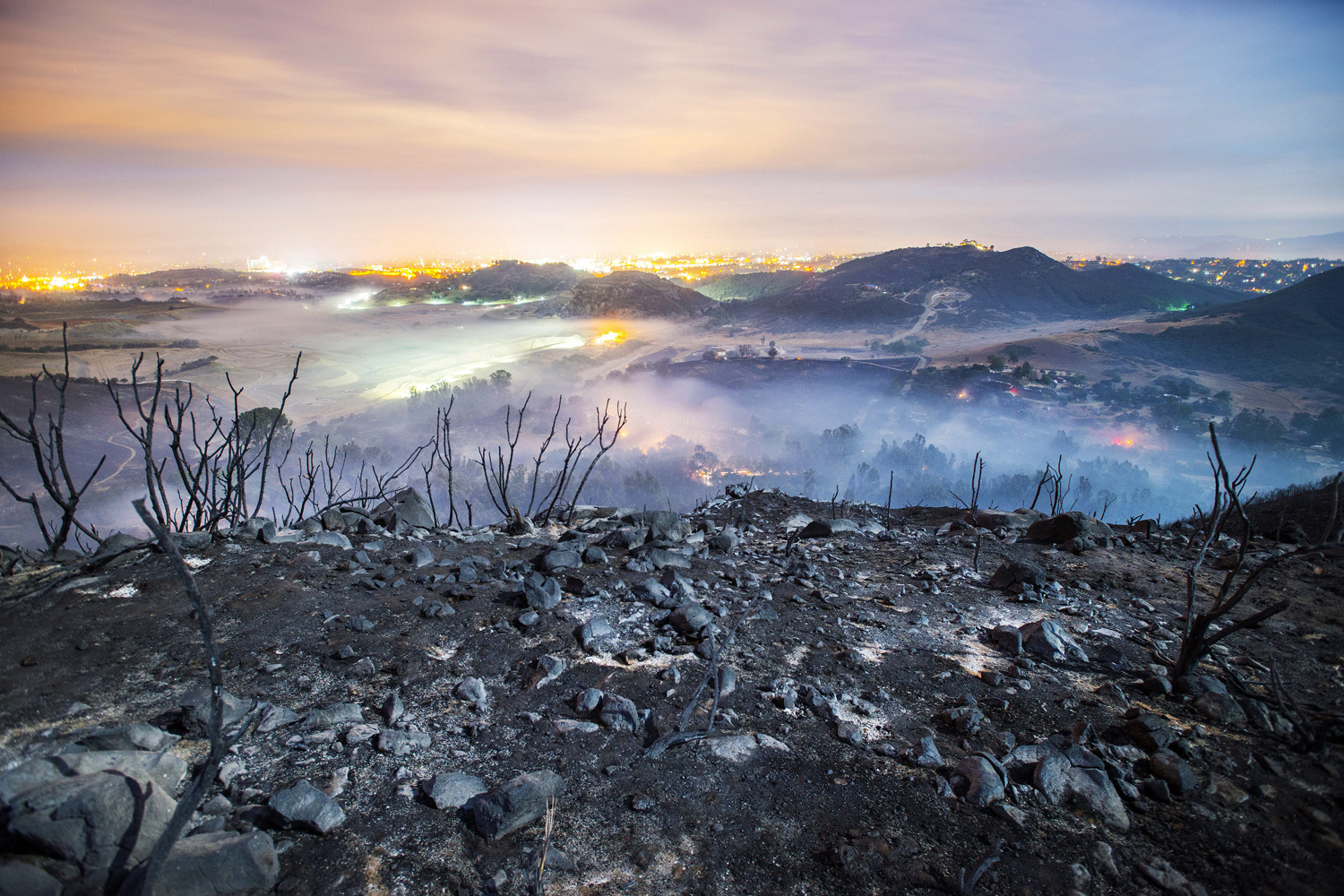
More Must-Reads From TIME
- The 100 Most Influential People of 2024
- How Far Trump Would Go
- Scenes From Pro-Palestinian Encampments Across U.S. Universities
- Saving Seconds Is Better Than Hours
- Why Your Breakfast Should Start with a Vegetable
- 6 Compliments That Land Every Time
- Welcome to the Golden Age of Ryan Gosling
- Want Weekly Recs on What to Watch, Read, and More? Sign Up for Worth Your Time
Contact us at letters@time.com